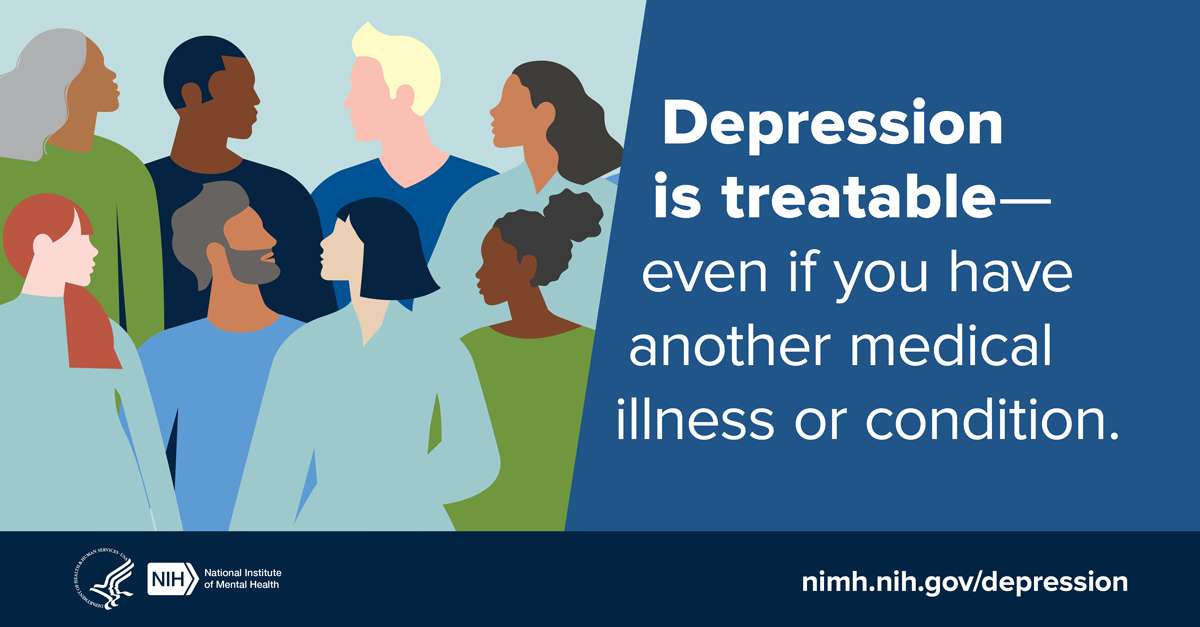Are you dealing with workplace stress?
A report from June 2020 reveals that 40% of the U.S. population is grappling with burnout, job-related uncertainty, and other work-related stressors.
Basically, you’re not alone—and you’ve heard it before, but these are trying times.
While sleep, diet, exercise, and proper communication can help mitigate workplace stress, there are a number of other techniques at your disposal as well. Among them are those associated with cognitive behavioral therapy (CBT).
What is cognitive behavioral therapy?
The National Institute of Mental Health recognizes CBT as an effective treatment for depression and anxiety.
The practice is designed to help a patient reframe their thoughts and beliefs rather than focusing on their actions. There’s a marked emphasis on mindset—on shifting the way we think, and on transforming the way we see the world (for the better).
Though therapy is far too often stigmatized, it shouldn’t be. Fortunately, it’s been increasingly normalized—with methods like CBT being touted as solutions to the problems we face in our daily lives. Many experts believe that everyone can benefit from CBT.
With that, here are eight CBT techniques you might integrate into your life in order to reduce workplace stress:
1. Letting Go of the Past
Relinquishing the past can be challenging. We may focus on outcomes that we wish to change, or experiences that to this day don’t sit right with us.
The good thing here is that we can let go. It may sound easier said than done, but we have a number of strategies at our disposal—for example, we can examine what we learned from difficult experiences instead of lingering on what went wrong.
By shifting our perspective in this way, we can embrace the present and future instead of dwelling on the past.
2. Focusing on Probability
Dealing with a tough project? Concerned your boss is going to be angry with you about potentially missing a deadline?
Instead of allowing these thoughts to overtake your mind, you might focus on the probability of something terrible actually happening.
So the next time you worry about what might happen at work, ask yourself: What’s the likelihood of something bad occurring here?
When you realize—and accept—that you may well experience a positive outcome instead, you can lessen stress and anxiety. It’s easy to catastrophize the situations we find ourselves in, but doing so really isn’t necessary in most cases.
3. Steering Clear of Magnifying and Minimizing
Magnifying and minimizing are common practices known as distortions.
Perhaps you think that after a tense encounter with a colleague, that person simply hates you. You might assume that moving forward, they’ll go out of their way to make your life miserable.
This is highly unlikely. It’s also a form of magnifying.
What’s minimizing, you might ask? It’s the equally unfortunate practice of diminishing the positive. If you earn an award or are recognized for a job well done, and you deny the achievement, you may well be minimizing your contributions.
To improve your mindset, you’ll want to steer clear of this as well.
4. Avoiding Generalizations
All my bosses have treated me horribly, so of course this one will too.
I won’t get promoted because every company I’ve worked at has passed me up for someone else.
I calculated the numbers wrong. I’m hopeless—I must really suck at math.
These are all examples of generalizations. CBT will encourage you to shift your thinking and avoid jumping to conclusions in this way. A one-time or even periodic negative occurrence doesn’t mean you should make generalizations about yourself (or others).
Ultimately, you’ll be much happier if you avoid generalizations altogether—which brings us to our next technique.
5. Engage in Cognitive Restructuring
Tired of seeing the world in black-and-white?
Now you don’t have to. If you think your thoughts are spiraling, and you find yourself engaging in destructive black-and-white thinking, step back for a moment.
And engage in some cognitive restructuring—a popular CBT technique.
First, focus on your negative belief.
Second, make a list of thoughts in support of that belief.
Then, you’ll want to list items that contradict that belief.
At this point, the evidence laid out before you will help you see things more clearly. It will allow you to recognize the complexity of most situations and start seeing the world in color.
6. Conduct a Cognitive Flip
Feeling out of control?
Give your thinking the overhaul it deserves by completing a cognitive flip. This will help you reduce stress by focusing on what you can control.
Begin this process by considering a specific situation: for instance, your infant in the next room while you work virtually during the pandemic, who keeps crying during your meetings.
Next, ask yourself what actions—no matter how small—you might take to improve the situation:
· Conduct meetings in another room.
· Have your spouse spend time with the child during your meetings. You can return the favor!
· Hire a trusted babysitter who’s a part of your “COVID bubble” to care for your child during the busiest parts of the workday.
· Accept the reality of the situation, acknowledge it in your meetings, and no longer allow it to bother you.
You may well find that you’re more in control of the situation than you previously thought. By relinquishing your powerlessness and focusing on what you can do, you’ll be in a much better emotional state.
7. Exploring the Fallacy of Fairness
It’s human nature to linger on what we feel is or isn’t just or fair—but are these thoughts truly serving us?
While an objective focus on fairness can help us work toward a more egalitarian society, many of us take our preoccupation to the extreme. Life simply isn’t always fair, and in many cases, there isn’t much we can do about this.
By exploring the fallacy of fairness at work and in life, we can accept that not every negative outcome targets us directly—and that not every disappointing situation is a matter of fairness, no matter how unjust it may seem.
8. Journaling Your Thoughts
Journaling and mood monitoring go hand-in-hand.
By taking time each day—or at the very least each week—to journal our thoughts and feelings, we can gather and evaluate our belief systems and moods all in one place.
A CBT journal might include the time and source of the mood or thought in question, the intensity of the emotion(s) involved, and the reaction(s) you leveraged to deal with it.
While this technique may appear time-consuming, it can actually be efficient once you get a handle on it. And the benefits of reexamining your thought patterns, core beliefs, and emotional reactions are expansive.
This practice will equip you with the tools needed to identify and change your negative thoughts, and to adapt or cope with even the most stressful situations. Whether you prefer pen-and-paper or a Google Doc, we can’t recommend this strategy enough.
The truth is that there’s no better time than the present to start practicing self-care. And whether you choose to consult a therapist or integrate CBT into your life independently, we can’t recommend these techniques enough.
Have questions or comments on the benefits of CBT? Please share them below, or contact us for more information.

frame made of hands at wheat…
And when it comes to getting through each workday with less stress, changing the way we work may begin with changing the way we think about work. Reframing our perspective can play a significant roll in reducing tension and anxiety, according to Dr. Frank Ghinassi, associate professor of psychiatry at the University of Pittsburgh.
Advertisement
“Our emotions start with our interpretation of events,” Ghinassi told the Huffington Post. “It’s not so much the facts that drive what we feel, it’s what we think about. It’s the cognitive interpretations we make about the events of our lives that ends up driving how we feel.”
Simple practices derived from Cognitive Behavioral Therapy (CBT) can help. Unlike some other forms of therapy, CBT — an effective type of treatment for depression and anxiety disorders, according to the National Institute of Mental Health — focuses on a patient’s thoughts and beliefs, rather than her actions.
If you’re experiencing stress at work, try these five CBT-inspired strategies to bring new perspective to your day and reduce the tension, negativity, self-criticism that can keep you from doing your best and most fulfilling work.
1. Prioritizing & Letting Go
When daily tasks begin to pile up, our stress levels rise to meet the increasing demands. Pausing to prioritize these tasks and let go of those that are less important can be a powerful way of reducing stress, says Ghinassi.
Advertisement
“For many of us at work, we buy into the illusion that we are capable of doing all of the things that are asked of us in exactly the time frame we’re being asked,” says Ghinassi. “The first step is to reassess, cognitively, what our capacity is.”
To start, create a list of the 10-15 things that you need to accomplish that day, and rate how critical each task is. Three or four of the tasks will probably be absolutely crucial, and at least four or five will be comparatively unimportant. Then comes the letting go part: Accept that those few items at the bottom of the list are not only unlikely to ever be completed in the course of the day, but the truth of the matter is, they may not need to be done at all. Cross those items off the list and focus your attention on the most important matters.
2. Building An Oasis
When you feel your attention wandering and your mind getting caught up in loops of worries and stressful thoughts,
stepping away from your desk can help you center yourself and regain your focus.
Ghinassi advises taking a quick break to “reset” yourself whenever you start feeling stressed, whether twice a day or as often as every 45 minutes. Try finding a quiet conference room, outdoor space, break room or stairwell where you can be alone and engage in one to four minutes of a calming exercise — deep breathing, visualizing positive imagery, or listening to soothing music. (If you’re not sure where to start, try choosing from one of these breathing exercises.)
3. Using Probability
The project is going to flop. My boss is going to kill me. I’m going to get fired. I won’t be able to support my family.
Advertisement
Nearly all of us have been guilty, one time or another, of “catastrophizing” — a type of thinking in which every perceived slip-up or failure leads to our downfall. In addition to stressing us out, this type of black-and-white thinking (either things will work out as we want them to, or everything will go horribly wrong) can lead to a sense of impending doom that probably isn’t justified by the actual situation.
To keep these destructive thoughts at bay, Ghinassi suggests introducing probability into your thinking. When your mind starts spinning apocalyptic outcomes, ask yourself, “What’s the probability of something truly bad happening here?” In most cases, the probability will be very low. Then, once you’ve assessed the actual likelihood of a terrible outcome, ask yourself, “If there’s a one in 10 chance of the worst-case scenario happening, am I going to waste 30 minutes worrying about it? What do I feel that low-probability event deserves?”
When you frame it this way, Ghinassi explains, catastrophic thinking turns from a compulsion into a conscious choice. You have every right to worry about the situation for as long as you want, but the question becomes, is this the way you want to spend your time?
4. Mood Monitoring
This simple CBT exercise is an effective way to recognize and challenge negative thought patterns.
Gather a pen and piece of paper, and allot yourself exactly two minutes. During that time, make three columns on the paper. In the first, write down the stressful or upsetting event (“Monday at 2 pm: presentation to board members”). In the second, write down the feelings you’re experiencing in single words (unprepared, anxious) and rate them between 1 and 100, with 100 being completely overwhelming. In the third column, spend the rest of the two minutes writing every thought that’s going through your head.
Then fold the paper in half, and don’t look at it again until 24 hours have passed. Once you’ve gotten out of that emotional headspace and have some distance from the situation, look back at what you wrote.
Advertisement
“I guarantee you that what you’re going to see are a lot of distorted, inaccurate, black-and-white, catastrophic thoughts,” says Ghinassi. “We ask you to underline those and challenge them.”
The idea here is to recognize themes that come up again and again, to challenge the thoughts and words you use to describe stress-inducing situations, and to calibrate your emotional reactions to them.
5. Cognitive Flip
When you feel out of control in a situation, curb your stress levels by reminding yourself of what you can control. Ask yourself what concrete actions, small or large, you can take to improve a particular situation — even if you feel powerless, you can always control at least your own reactions. Focusing on what’s within your power will remind you that you do have the ability to shape your own outcomes.
What are your tips for reducing stress at work? Share your thoughts in the comments or tweet @HealthyLiving.



